Scotland may not have the most castles of any country in the world, that honor allegedly falls to neighboring Wales – but depending on how you define "castle," Scotland has between 1500 and 4000 or so. Some, like Edinburgh Castle, Stirling Castle, and Eilean Donan are among Scotland's top visitor attractions. Others perhaps are less well know, but no less steeped in history.
Edinburgh Castle seen from the roof of the National Museum of Scotland. The medieval burgh grew along the ridge sloping down from the castle. The castle is often considered the Number 1 tourist attraction in all of Scotland. By Kim Traynor (Own work) [CC BY-SA 3.0 (http://creativecommons.org/licenses/by-sa/3.0)], via Wikimedia Commons
Some Scottish castles have been lovingly restored while others, like Dunnotar, Doune, and Urquhart lie in restored ruin, leaving us to only imagine what grandeur and majesty may once have been found within their walls. So what exactly is a castle? The definition put forth by David Weinczok is that for a building to qualify as a castle it must have served two purposes - providing both a household dwelling, and having a definite military purpose. Weinczok should know, though he freely admits there is wide debate among the heritage community as to an exact definition of "castle." Weinczok is a freelance heritage professional. He is part of the Scotlanders blogging team, he is one of three presenters on the Scottish archaeology-oriented YouTube channel DigIt TV, and most recently he began offering intimate walking tours of Scotland’s capital city of Edinburgh. He blogs on behalf of organizations such as Historic Environment Scotland and the Society of Antiquaries of Scotland. Weinczok is one of the most popular history-oriented broadcasters in Britain on the Periscope app and he is a self-confessed "Game of Thrones" geek, wherein he sees many connections to Scottish history and heritage. In his spare time, he is out and about exploring Scotland’s castles – more than 200 so far, and he is working on a book – about Scottish castles.
Castles were a feature, primarily, of feudal times, a period that extended from about 700AD to roughly the mid 1600's. Structures built after that might be castellated (having castle like features) but fall more into the category of a chateau or country estate than a true castle.
Ardverikie Estate, better known to million of TV fans as "Glenbogle" from Monarch of the Glen. Often called a "castle" it doesn't fit Weinczok's definition as it was built only as a stately home, never with any military purpose in mind. While it features turrets and towers it falls into the category of a castellated structure. Photo by the author
Scotland's most historically important castle? Weinczok says Stirling Castle. "The castle sits atop Castle Hill, an intrusive crag, which forms part of the Stirling Sill geological formation. It is surrounded on three sides by steep cliffs, giving it a strong defensive position. Its strategic location, guarding what was, until the 1890s, the farthest downstream crossing of the River Forth, has made it an important fortification from the earliest times. Before the union with England, Stirling Castle was also one of the most used of the many Scottish royal residences, very much a palace as well as a fortress. Several Scottish Kings and Queens have been crowned at Stirling, including Mary, Queen of Scots, in 1542, and others were born or died there. There have been at least eight sieges of Stirling Castle, including several during the Wars of Scottish Independence, with the last being in 1746, when Bonnie Prince Charlie unsuccessfully tried to take the castle. " (Wikipedia)
Stirling Castle has long been considered the gateway to Scotland.
Stirling Castle, photo by the author
Eilean Donan is considered Scotland's "most photographed" castle. Photo by the author
Doune Castle has quite a history on film having had a starring role in Monty Python's "Holy Grail" and now known to millions of fans of the TV show "Outlander." Photo by the author
Castles are dotted all across Scotland, as Weinczok likes to say, "you can't throw a rock without hitting a castle in Scotland," and he has visited over 200 to date. Perhaps the most prolific concentration of castles can be found in Aberdeenshire, in the northeast. There are 300 castles here, so many located in close proximity that a "Castle Trail" has been established as a tourism initiative.
The Castle Trail in Aberdeenshire features 17 castles. Courtesy www.visitabdn.com
If you find yourself in Scotland with time to see only one castle Weinczok says there's is little doubt as to which he would recommend, and it is the base of the "Castle Trail," Dunnottar Castle. Weinczok says it is Scotland's most visually stunning castle as well as one of the most historically significant. From Wikipedia...
"Dunnottar Castle (Scottish Gaelic: Dùn Fhoithear, "fort on the shelving slope" is a ruined medieval fortress located upon a rocky headland on the north-east coast of Scotland, about 3 kilometres (1.9 mi) south of Stonehaven. The surviving buildings are largely of the 15th and 16th centuries, but the site is believed to have been fortified in the Early Middle Ages. Dunnottar has played a prominent role in the history of Scotland through to the 18th-century Jacobite risings because of its strategic location and defensive strength. Dunnottar is best known as the place where the Honours of Scotland, the Scottish crown jewels, were hidden from Oliver Cromwell's invading army in the 17th century.
The ruins of the castle are spread over 1.4 hectares (3.5 acres), surrounded by steep cliffs that drop to the North Sea, 50 metres (160 ft) below. A narrow strip of land joins the headland to the mainland, along which a steep path leads up to the gatehouse. The various buildings within the castle include the 14th-century tower house as well as the 16th-century palace."
Dunnottar Castle
For more on Scottish castles with David Weinczok, aka The Castle Hunter, follow him on Twitter as @TheCastleHunter, on Periscope as @TheCastleHunter, and on Instagram as @the_castlehunter. On 24 May, 2017 he will present a reprise of his extremely popular talk "Beyond the Wall: Scottish Inspirations in the Game of Thrones Universe." A link with full details is below.
•Beyond the Wall (lecture by David Weinczok)
•DigIt TV (YouTube Channel)
•The Castle Trail (website)
•Visit Aberdeenshire (website)
•Aberdeenshire: Scotland's Undiscovered Country (podcast episode)
•Historic Environment Scotland (website)
•Society of Scottish Antiquaries (website)
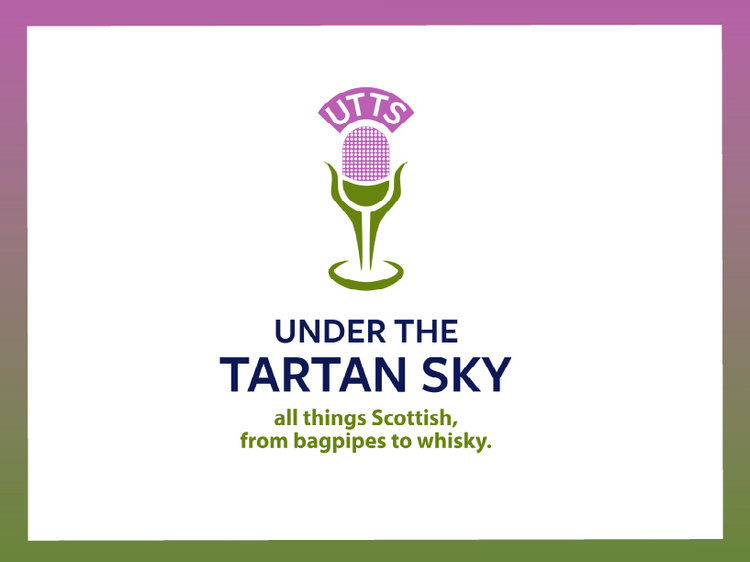

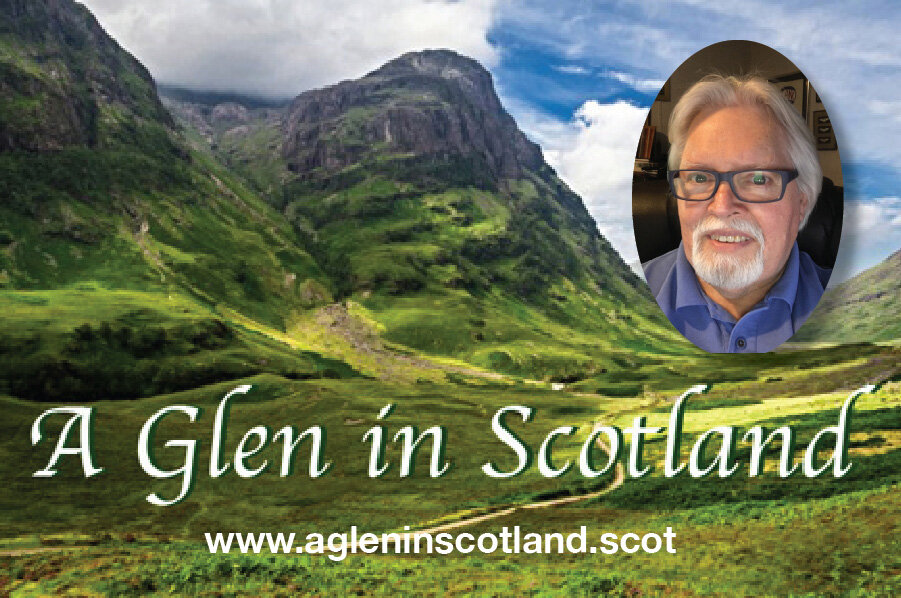










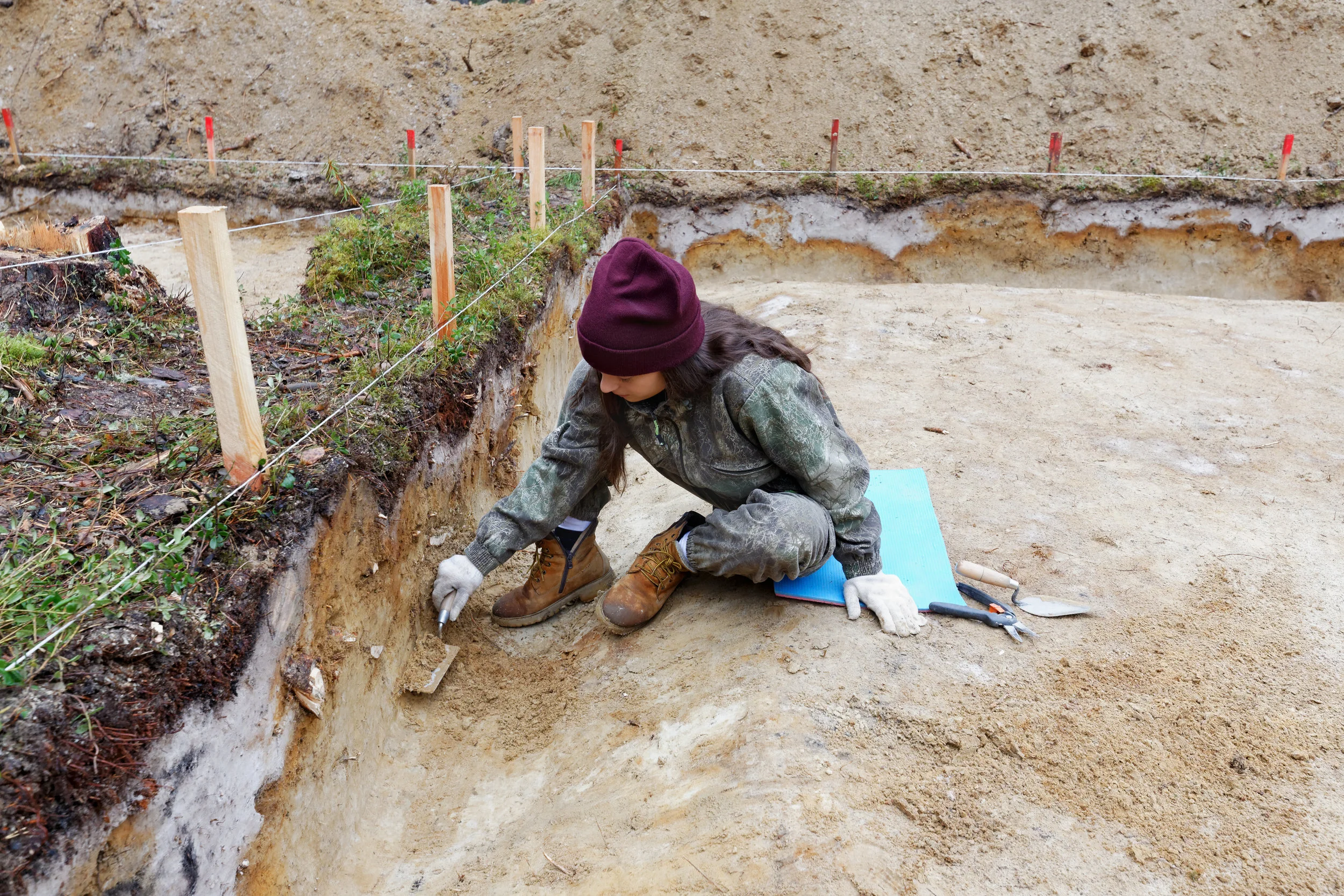
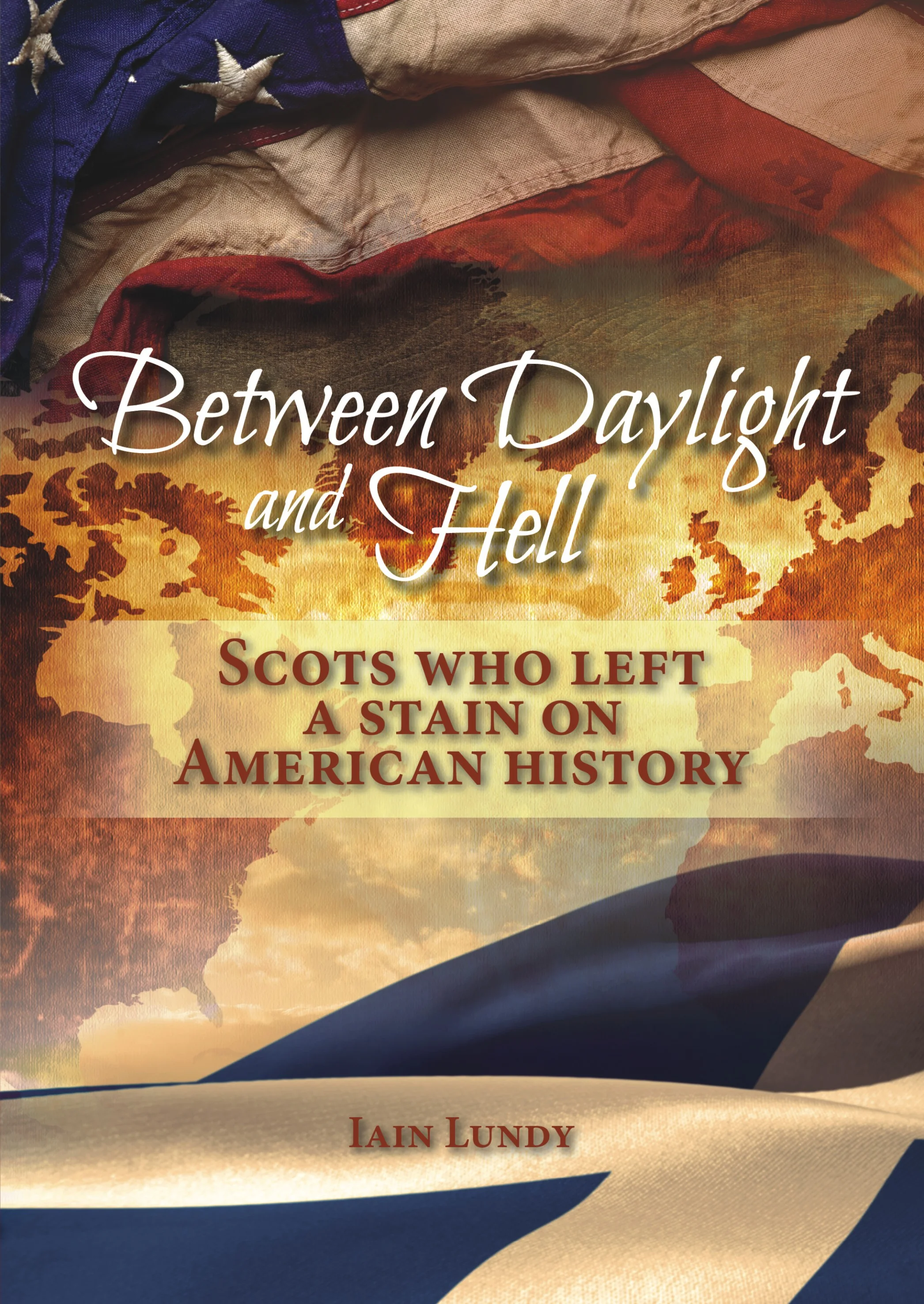
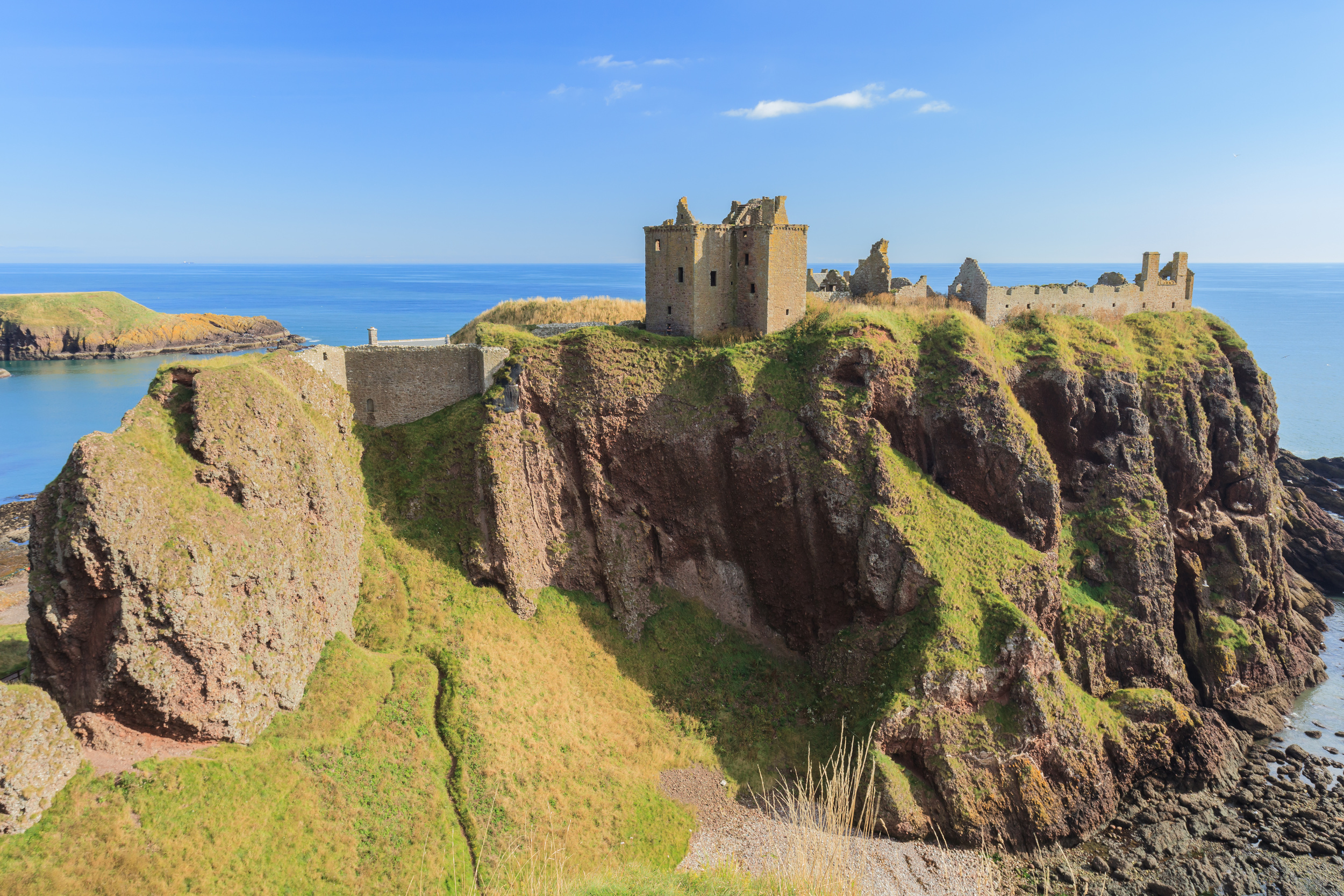




The Historic Inns Tour offers an easy to follow route through the Scottish Highlands using four historic Inns as anchor points to see many sights along the way.